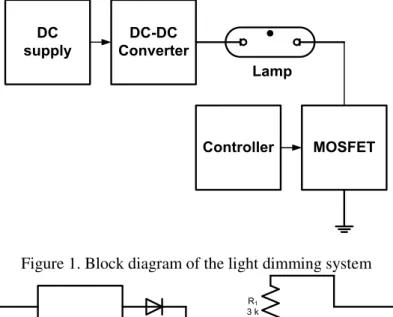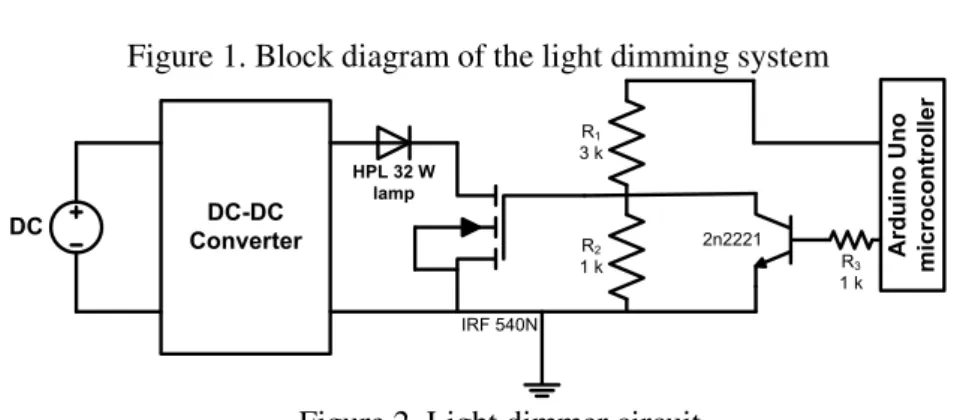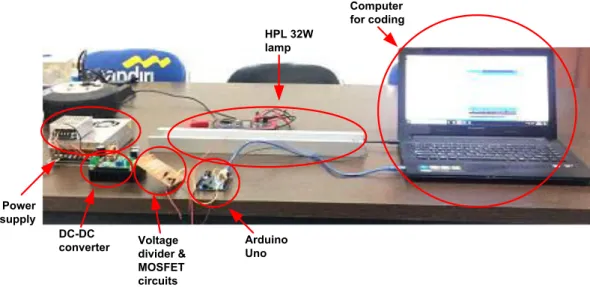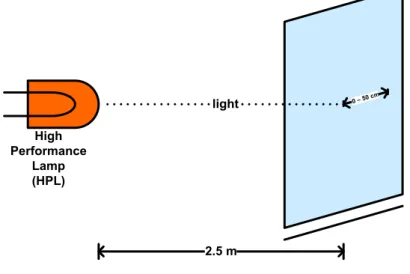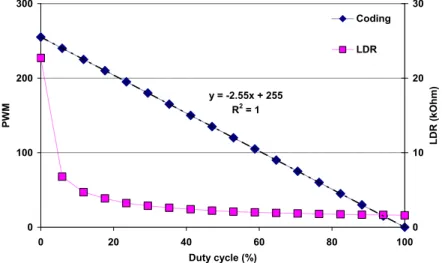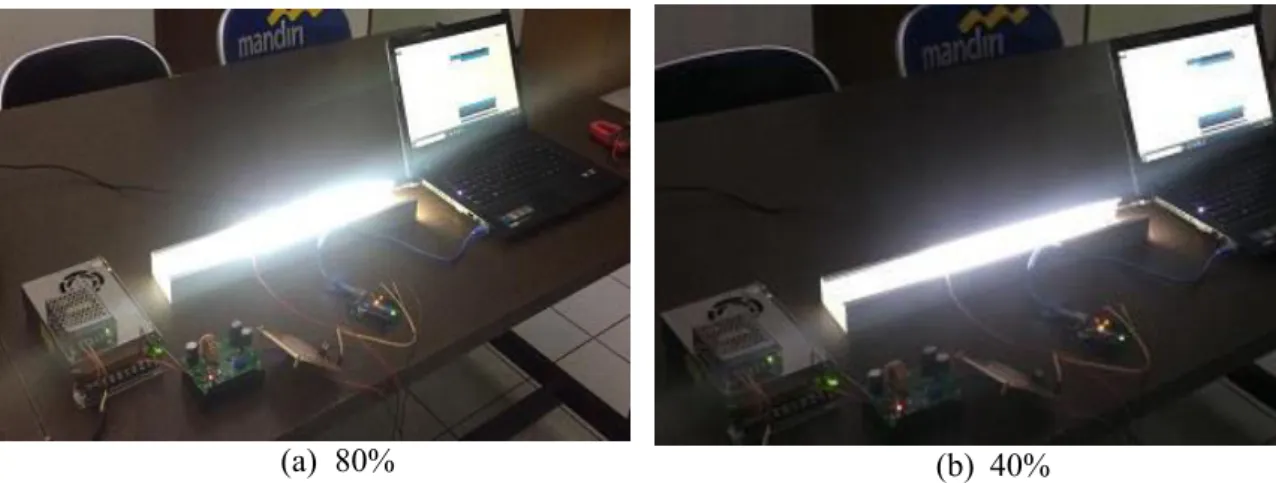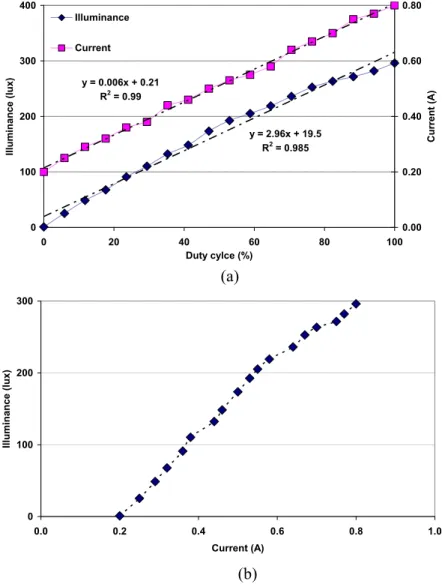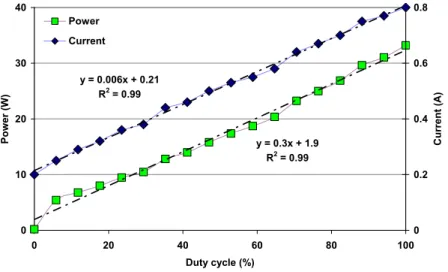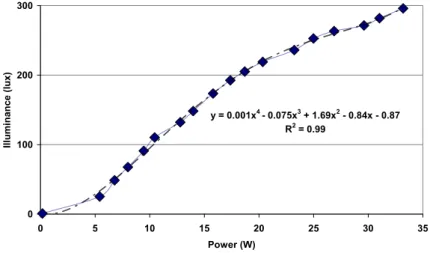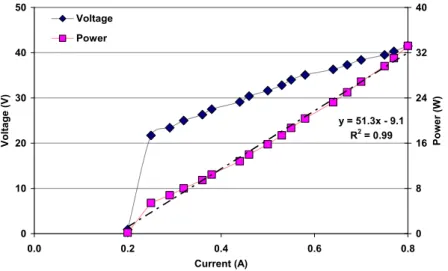63 Extraction of Eu(III), Gd(III) and Tb(III) in aqueous two-phase systems based on polyethylene glycol 1500-. 48 The bending strength of glulam beams based on deflection and loading rate with four-point bending system. 103 Design of prototype information system for tracking and tracing fish distribution based on mobile agent.
60 Determination of Rice Husk Activated Carbon Capacity in Adsorption of Cu Metal from Sasirangan Liquid Waste Based on. 3 Investigation of caffeine and coumarin extraction kinetics in an aqueous two-phase system based on. 4 Use of ionic liquid based on Aliquat 336 and D2EHPA in the extraction of transition metals.
80 Determining earthquake prone areas in the University of Tadulako based on dominant periods and peak terrain. 5 Interfacial distribution of a number of polybasic carboxylic acids in polyethylene-based two-phase aqueous systems. 6 Extraction of light rare earth elements Ce(III) and La(III) in system based on polyethylene glycol 1500 with quaternary ammonium.
7 The possibility of using DES based on polypropylene glycol 425 and tetramethylammonium bromide in the extraction processes of.
EasyChair Smart CFP
The 2020 International Conference on Science in Engineering and Technology (ICoSiET) is an international conference covering Science and applied Engineering and Technology. This conference is hosted by Universias Tadulako and is jointly organized with Association for Scientific Computing Electronics and Engineering (ASCEE), Universitas Islam Alauddin Makassar, Universitas Negeri Malang, Universitas Mulawarman and Universitas Muslim Indonesia. Full Paper Acceptance Notice: Two weeks to one month after submission or before 31 July 2020 Deadline for camera ready paper: 15 August 2020.
Authors with papers accepted for presentation at ICoSiET 2020 will be published in the open access IOP. Authors may be interested to know that IOP Conference Series now receives over 2.3 million article downloads per year, and is abstracted and indexed in Scopus, Compendex and Inspec, among others. Complete paper must be submitted through EasyChair Submission System Please contact [email protected] if you have any queries.
Access to all sessions of ICoSiET’20 including: plenary sessions, conference track presentations, conference dinner: awards and information exchange. The 2020 International Conference on Science in Engineering and Technology (ICoSiET) is an international conference covering science and applied engineering and technology. This conference organized by Universias Tadulako and jointly organized with Association for Scientific Computing Electronics and Engineering (ASCEE), Universitas Islam Alauddin Makassar, Universitas Negeri Malang, Universitas Mulawarman, Universitas Muslim Indonesia and Universitas Lambung Mangkurat.
ICoSiET is listed on IOP MSE Forthcoming issue: https://iopscience.iop.org/journal page/Forthcoming%20volumes#tab2. Full paper acceptance notice: Two weeks to one month after submission or before 31 July 2020 Deadline for camera ready paper: 15 August 2020 30 September 2020. Authors with papers accepted for presentation at ICoSiET 2020 will be published in the open access IOP Conference Series published by IOP Publishing ( Indexed by Scopus).
Authors may be interested to know that the IOP Conference Series now receives over 2.3 million article downloads per year and is. However, if you have fewer or more of the mentioned pages, you can consult the committee by e-mail [email protected]. Soekarno Hatta KM 9, Palu, Sulawesi Tengah, Indonesia Email: [email protected], [email protected].
With the ability to publish papers from events of any size, the IOP Conference Series: Materials Science and Engineering provides a comprehensive solution for materials science and engineering conferences. Engineering please visit conferenceseries.iop.org and if you are interested in publishing a course with the IOP Conference Series, please visit our conference organizers page.
Journal links
Conference organizers can use our online form and we will contact you with an offer and further details.
Journal information
Open Summary, Tsunami Evacuation Building Model (TEBM) in Teluk Palu Area (Palu Bay) View Article, Tsunami Evacuation Building Model (TEBM) in Teluk Palu (Palu Bay) Area PDF, Tsunami Evacuation Building Model (TEBM) in. Open summary, Collective space for housing as a resilience measure for disaster mitigation, earthquakes and liquefaction View article, Collective space for housing as a resilience measure for disaster mitigation. Open abstract, simulation of thermal comfort on public space and buildings around the river in Banjarmasin.
Open Abstract, Extraction of Zn(II) Ions in a Polypropylene Glycol 425 - Sodium Chloride - Water Biphasic System View Article, Extraction of Zn(II) Ions in a Polypropylene Glycol 425 - Sodium Chloride - Aqueous Biphasic System PDF, Extraction of Zn(II) ions in a two-phase aqueous system polypropylene glycol 425 - sodium chloride - water. Open Abstract, Extraction of Eu(III), Gd(III) and Tb(III) in two-phase aqueous systems based on polyethylene glycol 1500-NaNO3-H2O with the addition of extractants (D2EHPA, TBP, TOMAN) View Article, Extraction of Eu(III), Gd(III) and Tb(III) in two-phase aqueous systems based on polyethylene glycol 1500-NaNO3-H2O with the addition of extractants (D2EHPA, TBP, TOMAN) PDF, Extraction of Eu( III), Gd( III) and Tb(III) in two-phase aqueous systems based on polyethylene glycol 1500-NaNO3-H2O with the addition of extractants (D2EHPA, TBP, TOMAN). Open Abstract Extraction of Vanadium (IV) Ions in Biphasic Aqueous System Based on Poly(ethylene glycol) View Article, Extraction of Vanadium (IV) Ions in Biphasic Aqueous System Based on Poly(ethylene glycol) PDF, Vanadium( IV ) extraction of ions in poly(ethylene glycol)-based two-phase aqueous system.
Open Abstract Determination of the Capacity of Rice Husk Activated Carbon in the Adsorption of Cu Metal by Sasirangan. Open Abstract Interfacial light scattering of REE Ce(III) and La(III) in PEG-1500 – NaNO3 based system. Open Abstract, Oil Palm Hollow Fruit Branch (OPEFB) Membrane Absorber: Preparation and Fabrication View Article, Oil Palm Hollow Fruit Branch (OPEFB) Membrane Absorber: Preparation and Fabrication PDF, Membrane Absorbent from oil palm empty fruit branches (OPEFB): preparation and fabrication.
Open Abstract, Climate Change Impact of Dam Operation, Case Study of Darma Dam, West Java View. Open abstract, The properties of pre-placed aggregate concrete technology contains the industrial waste material and the different shapes and sizes of coarse aggregate See the article, The properties of pre-placed aggregate. Open Abstract, Determination of earthquake prone zones at university of tadulako based on dominant periods and peak ground acceleration (PGA) View article, Determination of earthquake prone zones at university of tadulako based on dominant periods and peak ground acceleration (PGA) PDF, Determination of earthquake prone zones at University of Tadulako based on dominant periods and peak ground acceleration (PGA).
Open summary, Module trainer for photovoltaic integrated low voltage grid (PV-LV grid) with different loads View article, Module trainer for photovoltaic integrated low voltage grid (PV-LV grid) with different loads PDF, Module trainer for photovoltaic integrated low voltage grid ( PV-NN network) with different loads. Open abstract, Artificial Intelligence in Mobile Communications: A Survey View Article, Artificial Intelligence in Mobile Communications: A Survey PDF, Artificial Intelligence in Mobile Communications: A Survey. Open Summary, Excavator Hydraulic Pump Failure Analysis View Article Excavator Hydraulic Pump Failure Analysis PDF, Excavator Hydraulic Pump Failure Analysis.
Development and testing of a light dimming control using arduino uno
- Introduction
- Research Method
- Research Results and Discussion
- Conclusion
It can be done by directly measuring it using a lux meter to know the magnitude of the exposure level in a particular job. In the digital method, each PWM change is affected by the resolution of the PWM itself. The dimmer circuit uses a 12 volt power supply as a voltage source which then goes through the dc-dc converter to step up the voltage from 12 volts to 42 volts to meet the needs of the lamps used.
In this case, the lamp is HPL 32 watts and an Arduino Uno microcontroller as controller. The system consists of a power supply, for DC supply of power, DC-DC converter for the DC voltage regulation, MOSFET and voltage divider circuit for the dimming to lower the voltage to insert the microcontroller, an Arduino Uno for the main controller, a computer/laptop for coding the the microcontroller, and a High-Performance Lamp (HPL) for the light source. Thus, the illuminance will tend to be constant, since the lamp's effect is continuous.
For the voltage, a threshold value of the current is needed, in this case 0.25 amps to get a minimum voltage of 21.7 volts. The illuminance also varies depending on the distance to the perpendicular end of the board exposed to the light, as shown in Figure 13. The LDR decreased drastically as the illuminance increased, followed by hyperbolic patterns at various distances from the center .
The duty cycle increases, causing the PWM encoding and LDR to decrease linearly and hyperbolically, respectively. Finally, the illuminance decreases slightly as the distance of the measuring point from the center to the side increases. Kowsalya, Density-based smart lighting system using IoT, International Journal of Advanced Research in Electrical, Electronics and Instrumentation Engineering, Vol.
Rath, Arduino-based: Smart Light Control System, International Journal of Engineering Research and General Science, Vol. Singh, Dimming functionality of LED lamps: a working model, International Research Journal of Engineering and Technology (IRJET), Vol. The authors are grateful to The Grant of the Higher Education Superior Applied Research, no.
